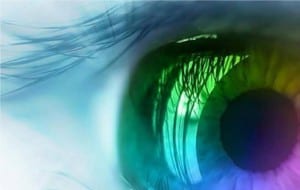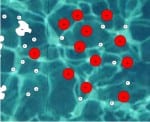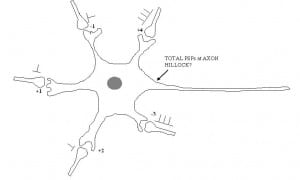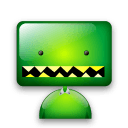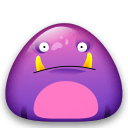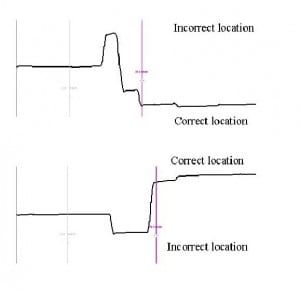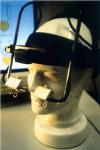Next week we will be presenting our work on orienting to socio-biological cues in children at the 17th European Conference on Eye Movements in Lund, Sweden.
![]() At last years Lincoln Summer Scientist event we asked children to play a game in which they followed a cartoon bee jumping to the left or right with their eyes whilst distracting pictures of arrows, pointing fingers and someone else’s eyes gazing to the left or right were shown in the middle of the screen. We tracked their eye movements with an Eyelink 1000 eye tracking system and measured how quickly they made saccades to follow the bee.
At last years Lincoln Summer Scientist event we asked children to play a game in which they followed a cartoon bee jumping to the left or right with their eyes whilst distracting pictures of arrows, pointing fingers and someone else’s eyes gazing to the left or right were shown in the middle of the screen. We tracked their eye movements with an Eyelink 1000 eye tracking system and measured how quickly they made saccades to follow the bee.
We found that the youngest children (4-5 year olds) showed a large “congruency” effect for pictures of pointing fingers such that their speed of looking was slowest when the bee jumped in the opposite direction to that in which the hand pointed. Surprisingly, although the pre-schoolers weren’t similarly affected by pictures of eyes and arrows, older fellow summer scientists showed an equally strong congruency effect for all three types of cue (hand, eye and arrows).
The results are potentially very interesting and important in respect to understanding the best ways to direct young children’s attention quickly and effectively in an educational context as well as keeping them away from harm inside or outside of the home, but they might also have more profound implications. Rather than having hard wired “social brain” systems for processing socio-biological stimuli as suggested by some theorists, instead the brain may learn to form fast connections between what we see and what we do in early childhood. It just happens that pointing fingers may be among the first cues children learn to use in this way.

We’re looking forward to finding out what other researchers think of our results in Lund and plan to replicate the finding at this years Lincoln Summer Scientists event. The work is carried out in collaboration with Nicola Gregory (Bournemouth University Face Research Centre). The work is part supported by the WESC foundation for Childhood Visual Impairment.

